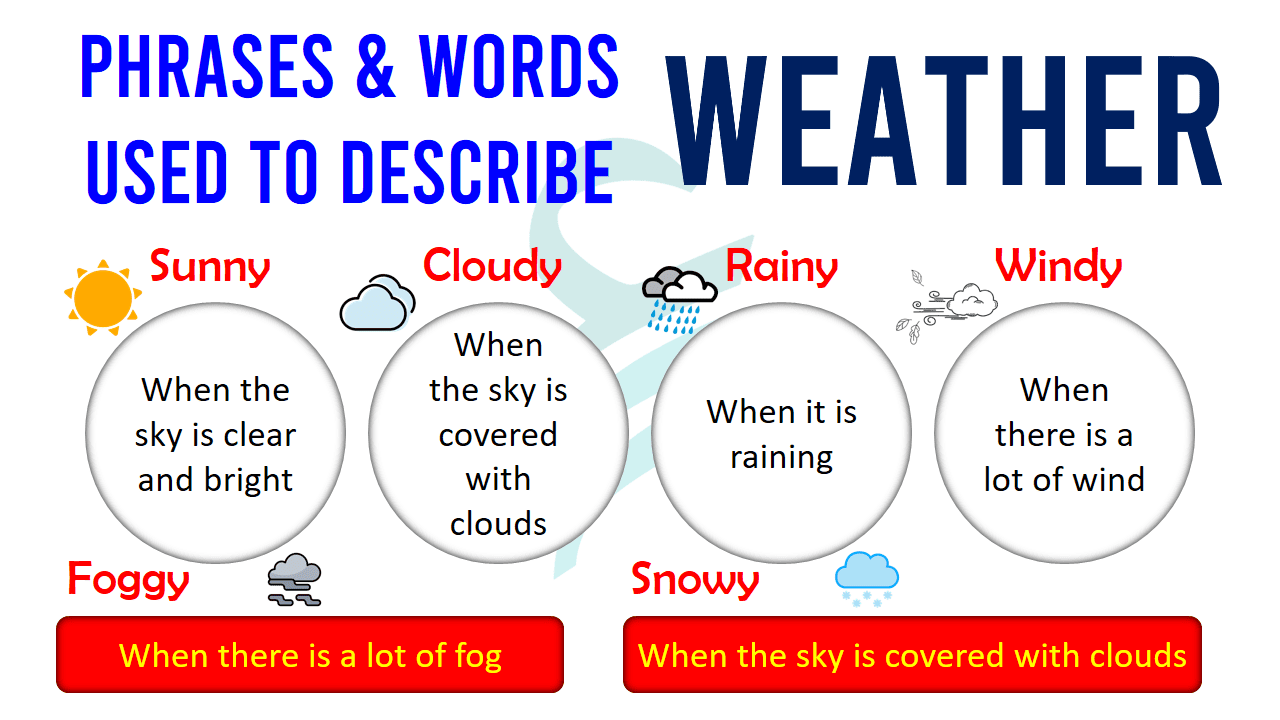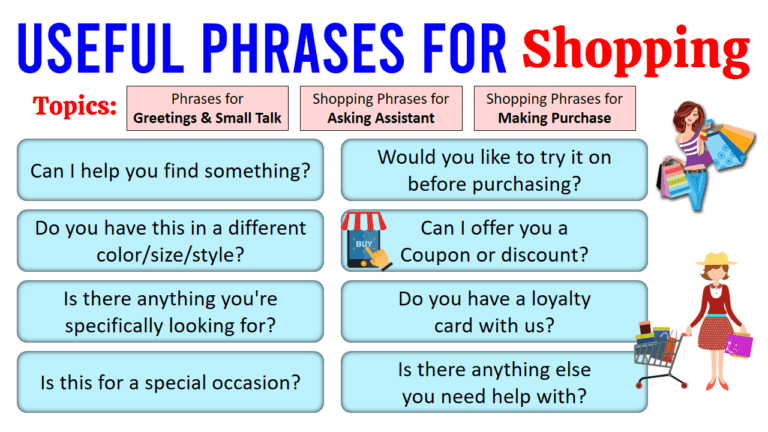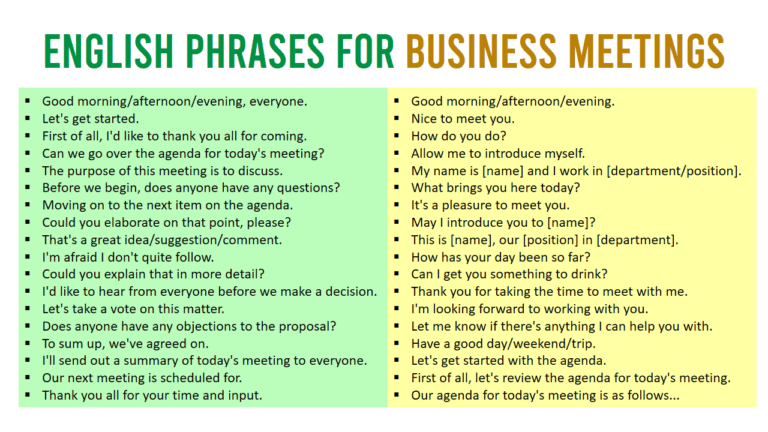Here we are going to explore 200+ Words and English Phrases that are used to describe weather conditions. In this lesson, we are going to learn 200+ words and phrases that will help you to enhance your knowledge talking about the weather conditions. Everyone likes to talk about the weather, but they really don’t know how to describe the condition of different kinds of weather in their conversation. So here, we are going to clarify this problem in a very short time and with the easiest method.
How to Describe Weather?
Describing the weather is an important skill, whether it’s for a conversation or for writing purposes. Here are some tips on how to describe the weather:
- Start with the basics: Begin by stating what the weather is like currently. For example, “It’s sunny today.”
- Be specific: Use descriptive words to add detail to your description. Instead of saying “It’s hot,” you can say “It’s scorching hot,” “It’s sweltering,” or “It’s baking.”
- Use sensory details: Incorporate sensory details like sight, sound, touch, and smell to make your description more vivid. For example, “The raindrops are tapping on the window,” “The wind is howling outside,” or “The air smells like wet earth after a rainstorm.”
- Consider the time of day: Weather can look and feel different depending on the time of day. For example, a sunny morning might feel refreshing, while a sunny afternoon might feel hot and tiring.
- Think about the season: Different seasons bring different weather patterns and conditions. For example, in winter, you might describe the weather as cold, icy, or snowy, while in summer, you might describe it as hot, humid, or sunny.
- Use weather-related idioms: Incorporating weather-related idioms can add interest and depth to your description. For example, “The storm clouds are gathering,” “It’s raining cats and dogs,” or “The sky is a beautiful shade of blue.”
- Show, don’t tell: Instead of just stating the weather, try to use descriptive language to show the reader what it’s like. For example, “The trees are bending in the wind,” “The snow is blanketing the ground,” or “The leaves are rustling in the breeze.”
Overall, when describing the weather, it’s important to be descriptive and specific while also considering the time of day, season, and sensory details. Using weather-related idioms and showing the reader what it’s like can also add interest and depth to your description.
Formal and Informal Ways to Describe Weather Conditions
There are different ways to describe weather conditions, depending on the context and the level of formality required. Here are some examples of both formal and informal ways to describe the weather:
Formal:
- The current weather conditions indicate that there is a high-pressure system moving in from the west.
- The forecast predicts that there will be scattered showers throughout the day.
- The temperature is expected to drop below freezing tonight, so make sure to dress warmly.
- The wind gusts are reaching up to 25 miles per hour, which could cause some travel disruptions.
- The humidity levels are quite high today, which could make the heat feel more intense.
Informal:
- It’s looking like we’re in for some rainy weather today.
- According to the forecast, we might get a bit of a sprinkle later on.
- It’s going to be a cold one tonight, so don’t forget your hat and gloves.
- Hold onto your hats, folks – it’s really windy out there!
- Ugh, it’s so muggy today – feels like we’re swimming through the air.
In general, formal descriptions of weather tend to use more technical language and adhere to specific meteorological terms. Informal descriptions, on the other hand, are more likely to use everyday language and colloquial expressions.
Weather Conditions List:
Here is a list of different types of weather conditions:
- Sunny
- Cloudy
- Partly cloudy
- Overcast
- Rainy
- Drizzly
- Showery
- Stormy
- Thunderstorm
- Hail
- Snowy
- Blustery
- Windy
- Calm
- Humid
- Dry
- Muggy
- Foggy
- Misty
- Smoggy
- Hot
- Warm
- Cool
- Cold
- Freezing
- Icy
- Sleet
- Frosty
- Breezy
- Tornado
- Hurricane
- Cyclone
- Monsoon
- Heatwave
- Drought
- Flood
- Avalanche
Words Used to Describe Weather:
- Sunny – when the sky is clear and bright
- Cloudy – when the sky is covered with clouds
- Rainy – when it is raining
- Windy – when there is a lot of wind
- Snowy – when it is snowing
- Foggy – when there is a lot of fog
- Stormy – when there is a lot of thunder, lightning, wind, and rain
- Hot – when the temperature is high
- Cold – when the temperature is low
- Mild – when the temperature is not too hot or too cold
- Dry – when there is no rain or humidity
- Humid – when there is a lot of moisture in the air
- Overcast – when the sky is covered with clouds and there is no sun
- Hazy – when there is a lot of mist or smoke in the air
- Chilly – when the temperature is cool or cold
- Breezy – when there is a light wind blowing
- Muggy – when it is hot and humid
- Clear – when the sky is free of clouds
- Showery – when there are scattered rain showers throughout the day
- Drizzly – when it is lightly raining.
Phrases Used to Describe Weather:
Here is a list of English phrases that are used to describe different kinds of weather conditions. You can use these below-listed phrases in your conversation when you are talking about Weather conditions:
- What’s the weather like today?
- What’s the forecast for today?
- How’s the weather looking?
- It’s a beautiful day outside, isn’t it?
- It’s supposed to rain later.
- It’s quite chilly today.
- I heard there was a storm coming.
- It’s hot and humid today.
- It’s cold and windy.
- It’s snowing again.
- It’s a cloudy day today.
- The sun is shining brightly.
- It’s a perfect day for a picnic.
- It’s so foggy, I can hardly see.
- It’s a bit too sunny for me.
- It’s getting colder, better bring a jacket.
- It’s a sunny day today.
- It’s going to rain later on.
- It’s chilly outside.
- It’s hot and muggy today.
- It’s snowing heavily.
- It’s cloudy with a chance of showers.
- The sun is shining and it’s warm.
- It’s windy and gusty today.
- It’s a cool and comfortable day.
- It’s a little humid, but it’s still nice.
- The skies are clear and it’s warm.
- It’s a bit nippy outside.
- It’s a bit overcast but still warm.
- It’s going to be a stormy night.

Describing Hot Weather
These phrases can be used to describe the hot weather in different situations, from casual conversations to formal reports, and help to paint a vivid picture of the heat and its impact on people.
- It’s scorching hot – used to describe extremely hot weather
- The sun is blazing – when the sun is shining bright and hot
- The heat is stifling – when the heat feels oppressive and uncomfortable
- It’s like an oven outside – when the temperature is extremely high and the air feels hot and dry
- I’m sweating buckets – when someone is sweating excessively due to the heat
- It’s too hot to handle – when the temperature is unbearable and uncomfortable
- The air is sweltering – when the heat feels suffocating and oppressive
- It’s baking outside – when the temperature is high enough to make the ground or pavement hot to the touch
- The heat is unbearable – when the temperature is so high that it’s difficult to tolerate
- I feel like I’m melting – when the heat is so intense that it feels like the body is melting.

Phrases and Words Used to Describe Weather | Images








